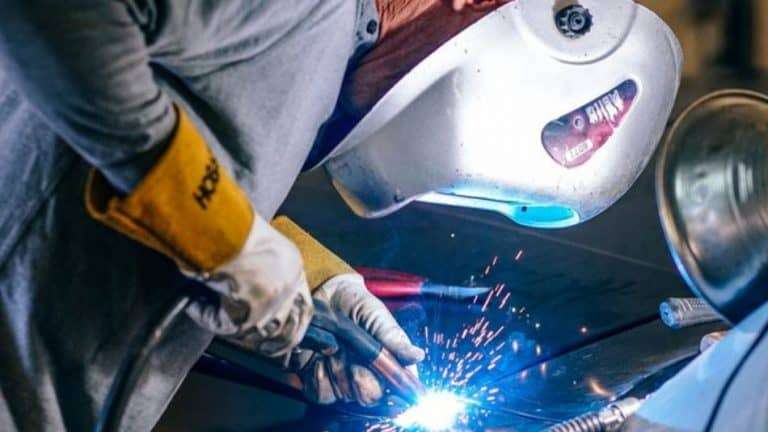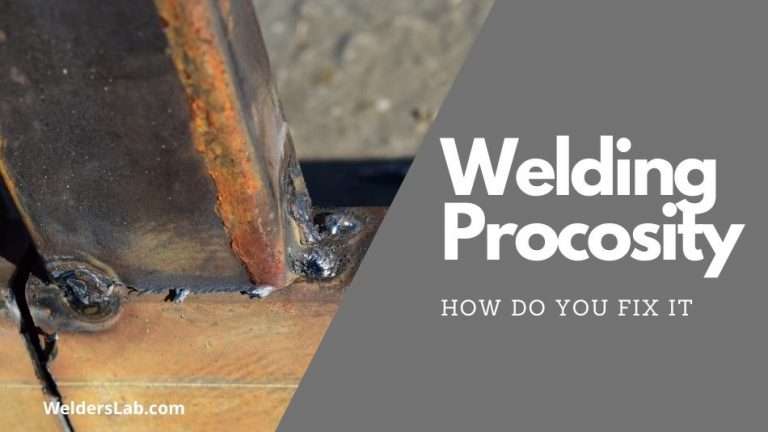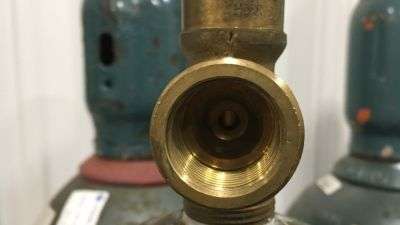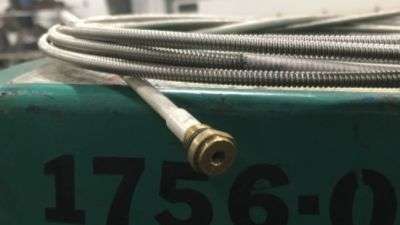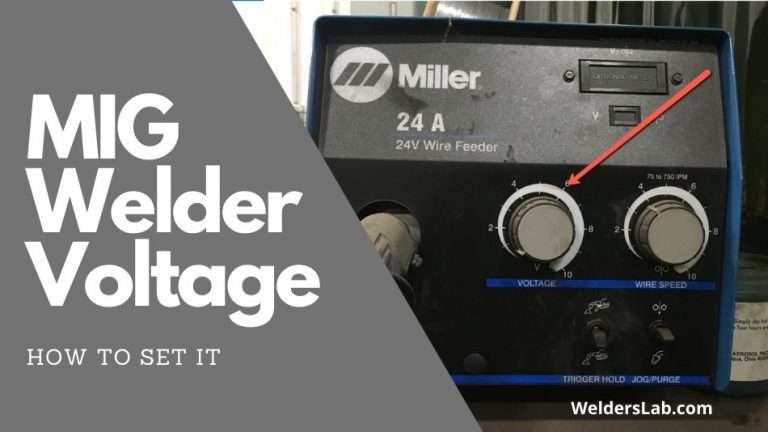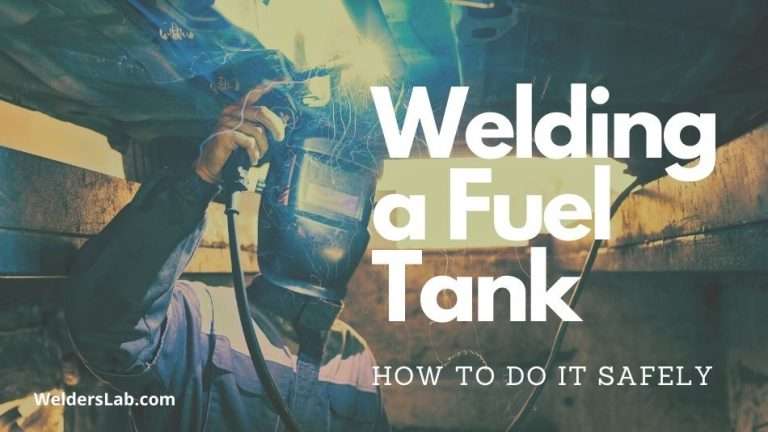What Is The Duty Cycle on a Welder – Beginners Guide
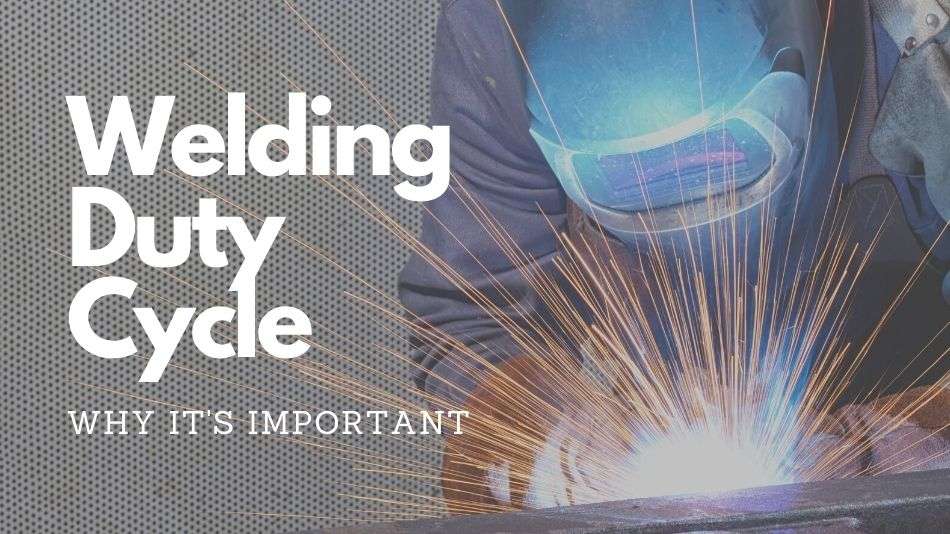
Some tools have batteries, others have runtimes, and some overheat. Unless you are using a manual tool, not all tools can run forever. Eventually, like the humans who use them, they require a rest. Welders use intense heat to heat up and melt metal, and they have duty cycles to prevent the tools from overheating.
Duty Cycle is the percentage of time a welder can run at maximum amperage. A welder with a 30% duty cycle means that it can run 3 minutes continuously out of a 10 minute period. The duty cycle on a welder is the safety that stops the welder from overheating and getting damaged.
You can buy several welders with different duty cycles, and the duty cycle is easy to calculate for your current welder if you are willing to do a little math. Once you know the duty cycle of your welder, you’ll have a greater understanding of what it can do for you and your projects, and you might even need to replace it!
What is Duty Cycle?
When you ask, ‘What is the duty cycle on a welder?” the duty cycle does what it is named for; it says how long the welder can be on duty and working before it shuts down to cool down.
This is a continuous operation for long periods of time, so if you are turning the welder off and on at intervals before the cycle is up, you can use it for longer as it won’t be on the verge of overheating.
Every welder has an amp speed attached to it, and you can often see the duty cycle on the welder or on the box it came in or the manual that came with it.
For example, if your welder has a 30% duty cycle at 80 amps, then that means it can be used continuously for three minutes at eighty amps every ten minutes before it overheats and needs to be cooled down.
If you are having trouble dealing with overheating, then some things that can help you keep track and increase the life of your welder include:
Setting the alarm: If you are welding and get lost in the process, you can accidentally forget to shut off the welder and can cause damage to it.
Having an alarm that you set every time you weld can stop wear and tear on your machine. You can also have a timer that lets you know when the weld has cooled down.
If your weld is overheating while under the duty cap, then you might need to give it a good cleaning. Clean the dust out of the fan and vents so the hot air can leave the welder, and you’ll see more results and better use under the duty cycle. Finally, make sure that the machine can breathe while not in use.
Store your welder in a clear and well-ventilated area when you aren’t using it to make sure that clean air can get inside the welder and cool it down.
How is Duty Cycle Determined?
The duty cycle’s formula is as follows: It is a percentage, with each percentage of 10 equaling one minute. 100% is 10 minutes, 50% is 5, and so on. The amp number shows at what intensity you can use the welder for that period of time.
If you can use the welder for 40% at 90 amps, then you can use the welder for four minutes out of ten minutes at 90 amps; any more than that, and it needs to cool down.
Of course, like all math problems, there are variables that can change the duty cycle, and what you get out of the welder might not be what you think.
The ambient temperature where the test was performed might be different than the temperature of your workshop or garage. If your place of work has a very high ambient temperature, then it does put more wear and tear on your welder.
Additionally, the duty cycle sometimes doesn’t correspond to the size of the welder. If you see a bigger welder with a lower duty cycle, then you might want to take that with a grain of salt. Bigger welders can typically handle more heat than their smaller counterparts.
Make sure that your welder is either tested by the European Standard or the Australian standards.
Both of these numbered standards are trusted by welders because they both do their best to put the tested welders through their paces and simulate real-life and real use conditions as closely as possible.
If you want to see how your welder will perform in real-life situations, then that is the test for you to look at.
What Happens If You Exceed the Duty Cycle?
With power tools, we often want to push the tools and what we are building to the limit. It’s not surprising that you are thinking of this question, and there is an answer.
Going with the above example, let’s say you welded at 90 amps for four minutes and then kept going. Once the welder goes above its max, it will automatically shut down to cool off and will not turn back on until it is cooled off.
The duty cycle is designed to keep the weld safe and prevent it from overworking, so it’s a good thing that there’s a built in kill switch for the machine.
Most people will never hit the duty cycle max as welding doesn’t take longer than a few minutes, but hitting it is possible.
If you do have a job that requires you to weld for a longer period of time, then you will need a welder with a higher duty cycle to make sure the machine can handle the pressure you are putting on it.
Overheated welders typically mean that you have to deal with more downtime and possibly wasted metal if you can’t do a good continuous weld. This might be fine if you are just welding on your own in the garage, but if you are welding for a company where speed and efficiency is the key, then you will need the right welder for the job.
When your welder starts to exceed its duty cycle, then you might feel the welder start to vibrate in your hand. This often causes a change in arc length as it becomes harder to keep the welder still, so make sure to stop before you cause damage to your metal.
Additionally, if the welder or its cable starts to get hot in your hand, then that is also a sign that it is overheating. If it becomes painful to hold, stop immediately.
What Kind Of Welder Should You Get Based on Duty Cycle?
The welder that you need will mostly depend on the type of projects you are doing, the thickness of the metal, and how often you weld. I usually classify these in 3 buckets.
Hobby Welding. If you are just welding as a hobby or doing it intermittently around the house, then you can get a welder like the Hobart Handler that only has a 30% duty cycle. Three minutes of weld time is typically more than enough for someone who doesn’t need to weld too often. For this, I recommend the Hobart Handler 140.
Project Welding. If you are welding every single day or are welding metals that are up to ½ inches thick, you will need a Miller. It has a 60% duty cycle at 200 amps, allowing you to weld stronger and longer for bigger projects around the house and the workbench. For this, I recommend the Miller Millermatic 225.
Industrial Welding. If you have a job requiring you to do industrial grade long welding for thick metals and long periods of time, you should look for a 3-phase welder that will give you a 100% duty cycle at 10 minutes. Perfect for those bigger jobs that require a ton of power. For industrial welding, I recommend Miller Auto-Continuum 350.
Duty Cycle isn’t Everything
Just like how you wouldn’t buy a car based solely on the motor, you shouldn’t buy a welder based on the duty cycle alone.
Instead, look at the entire thing, from the size of the welder to the welder’s efficiency. You shouldn’t put the duty cycle in isolation, but instead, use it as a feature to buy your perfect welder.
Look at the type of welding that you will do over the course of a day. If you only dabble in welding, then do you really need ten minutes of power? If you are doing smaller projects, then do you need the biggest duty cycle?
Also, know that the duty cycle is often a glass ceiling, and your welder is limited by the power cap it can supply. Some welders can go longer than their duty caps suggest, and the only way to find out is to test it.
Be sure to understand the duty cycle of your welder, and now you have a good idea of what your welder can do on the job site.
You can also know what type of welder you can use for certain projects, and you can even have different welders for different days at work!

